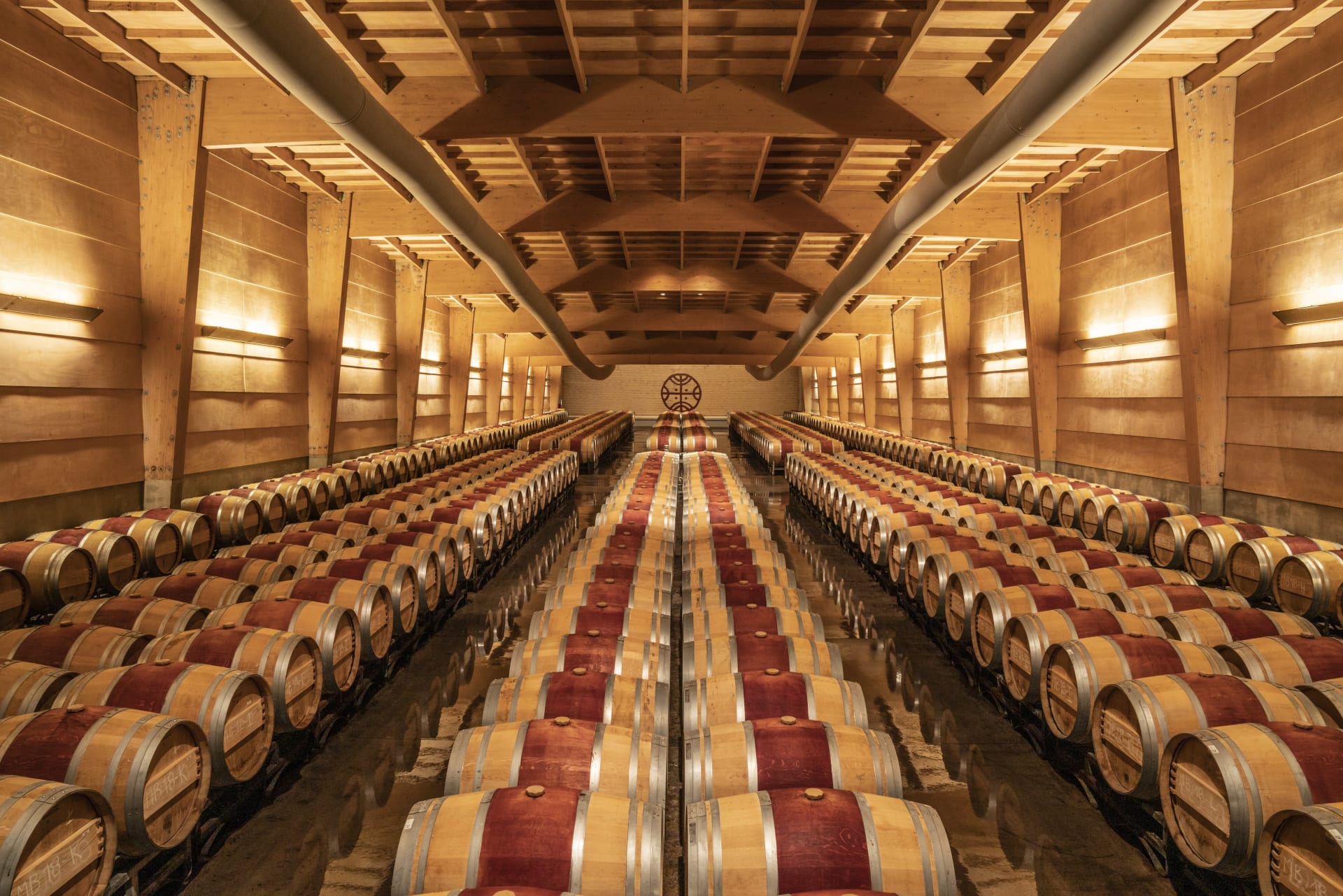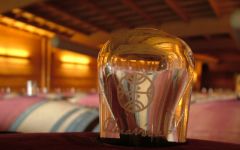Almaviva 2005
-
Wine
Spectator -
Robert
Parker -
Wine &
Spirits -
James
Suckling



Product Details
Your Rating
Somm Note
Winemaker Notes
-Wine Spectator
"The 2005 Almaviva is dark ruby-colored with a classy nose of smoke, violets, mineral, pencil lead, espresso, black currants, and blackberry. This is followed by a supple-textured wine with layers of sweet fruit, excellent depth and concentration, and well integrated oak, tannin, and acidity. There is enough structure to support 5-7 years of further evolution in the bottle and it should continue to drink well through 2037.
Almaviva is a partnership of Bordeaux first-growth Chateau Mouton-Rothschild and Concha y Toro. Made in the style of top of the line Pauillac, the blend is typically 73% Cabernet Sauvignon, 22-23% Carmenere (a very close relative of Merlot), and 4-5% Cabernet Franc. It spends 18 months in new French oak and is bottled unfined and unfiltered."
-Wine Advocate
Professional Ratings
- Wine Spectator
- Robert Parker's Wine Advocate
- Wine & Spirits
-
James Suckling
Intense aromas of blueberries, blackberries, sweet tobacco and a dark chocolate character. Full body with finer tannins than earlier vintages, yet they are still a little austere and very present. Delicious shaved dark chocolate and dark fruit. 74% cabernet sauvignon, 21% carmenere, 5% cabernet franc.
Other Vintages
2020-
Robert
Parker -
Wine
Spectator
-
James
Suckling -
Wine &
Spirits -
Robert
Parker
-
James
Suckling -
Robert
Parker -
Wilfred
Wong - Decanter
-
Tasting
Panel -
Wine &
Spirits -
Wine
Spectator
-
James
Suckling -
Wilfred
Wong - Decanter
-
Tasting
Panel -
Robert
Parker -
Wine
Enthusiast -
Wine
Spectator
-
James
Suckling -
Robert
Parker -
Wine
Spectator
-
James
Suckling -
Wilfred
Wong - Decanter
-
Wine
Spectator -
Robert
Parker
-
James
Suckling -
Robert
Parker -
Wine
Spectator
-
James
Suckling -
Robert
Parker -
Wine
Spectator
-
James
Suckling -
Robert
Parker -
Wine
Enthusiast -
Wine
Spectator
-
James
Suckling -
Wilfred
Wong -
Wine
Enthusiast -
Robert
Parker -
Wine
Spectator
-
James
Suckling -
Wine
Spectator -
Robert
Parker
-
Wine
Spectator
-
Wine
Spectator
-
Robert
Parker -
Wine
Spectator -
Wine
Enthusiast
-
Wine
Spectator -
Robert
Parker
-
Wine
Spectator -
Robert
Parker
-
Robert
Parker -
Wine
Spectator -
Wine
Enthusiast
-
Wine
Spectator -
Robert
Parker
-
Wine
Enthusiast -
Wine
Spectator
-
Wine &
Spirits -
Wine
Spectator -
Wine
Enthusiast -
Robert
Parker
-
Robert
Parker -
Wine
Enthusiast
-
Robert
Parker -
James
Suckling







Almaviva is the name of both winery and wine born of the joint venture between Baron Philippe de Rothschild and Viña Concha y Toro. It is also that of Pierre de Beaumarchais' character, the "Count of Almaviva" in his Marriage of Figaro, a work Wolfgang Amadeus Mozart later turned into one of the most popular operas ever. The classical epithet, laid out in Pierre de Beaumarchais' fair hand, shares the label with insignia of pre-hispanic roots symbolizing a union of European and American cultures that at every level has created successive bonds over centuries that have evolved a unique identity. The recent synthesis of French tradition and American soil has delivered an exceptional wine embodying the best of both worlds, a Primer Orden that really shines.
